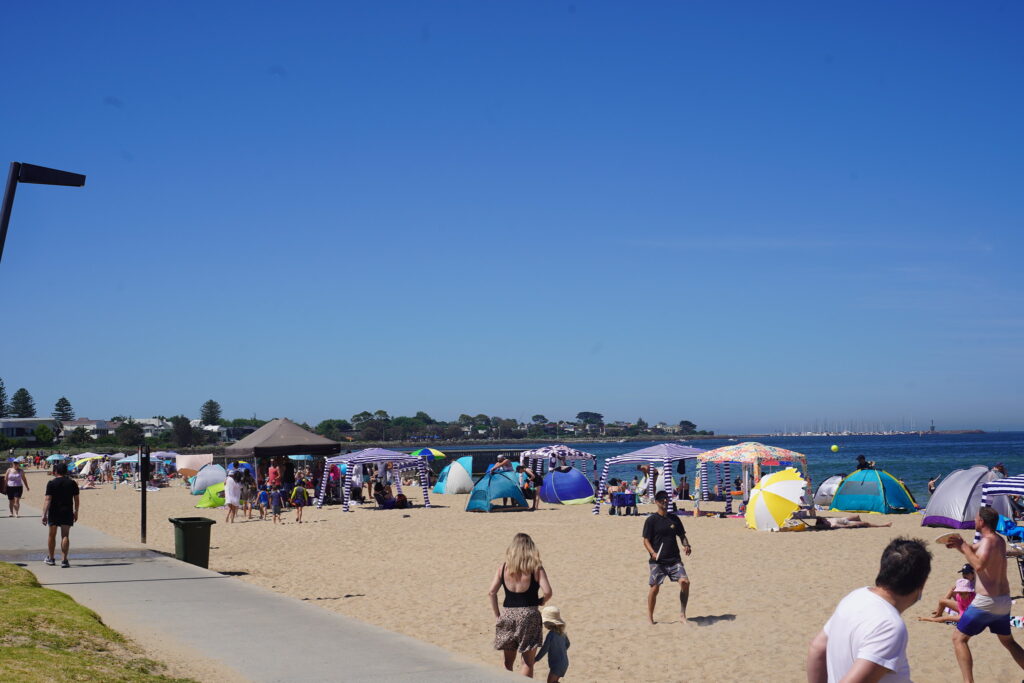Australia’s beloved beaches, once epitomes of leisure and egalitarianism, are now embroiled in a heated conflict over the use of beach tents, or cabanas. This unlikely controversy has inflamed tensions nationwide, igniting debates about cultural values, public space, and beach etiquette.
In recent years, swathes of colorful cabana covers have taken over Australian beaches, transforming the sandy shores into bustling tent towns. On any given sunny day, the scene is hectic: polyester shades undulating in the breeze, either occupied or standing idly as placeholders. Australians, who often equate beach activities with cultural identity, are polarized over this trend.
At the Heart of the Issue
At the heart of the issue is the incursion of cabanas into public beach space. Critics argue that these temporary edifices occupy vast stretches of sand, infringing upon the shared and democratic nature of the beaches. Such sentiments fiercely align with the national ethos of a “fair go,” where access to the country’s natural marvels is regarded as a birthright, free from hierarchies or exclusive claims.
Those opposing the cabana proliferation criticize the practice of staking out shoreline territory — sometimes hours in advance — only to leave these tents unattended for much of the day. This behavior has kindled resentment and is seen by many as antithetical to the spirit of community. Even figures of authority, such as Prime Minister Anthony Albanese, have expressed concerns, insisting that Australian beaches are meant for all, without the encroachment of private claims.
The Case for Cabanas
In contrast, proponents of the cabanas highlight their practical benefits, chiefly sun protection. With Australia recognized as the skin cancer capital of the world, these structures offer critical UV protection, an argument supported by health advocates. Yet, opponents dispute their necessity, suggesting traditional sunblocks could suffice for casual beachgoers.
Origins and Broader Implications
The origins of this cabana craze trace back to Noosa in Queensland, driven by the appeal of comfort and space on crowded beaches. However, this trend is seen by many as a reflection of broader social and economic divides — a perception of privilege overshadowing shared beach experiences.
As the debate unfolds, suggestions to mediate the situation include regulatory interventions from local councils, potentially limiting cabana numbers and dictating designated areas for their setup. The discourse has become a microcosm of larger issues surrounding public space and entitlement, echoing past controversies when access to coastal areas stirred public outrage.
A Call for Coexistence
Amidst calls for reconciliation, there remains a poignant reminder from those seeking harmony on the sands: above all, beachgoers should consider mutual respect and coexistence as they navigate this contentious wave. As one beach enthusiast reflects, resolving the cabana conundrum is ultimately about balancing individual desires with the collective enjoyment of Australia’s treasured coastlines.
Feature image by Alpha









